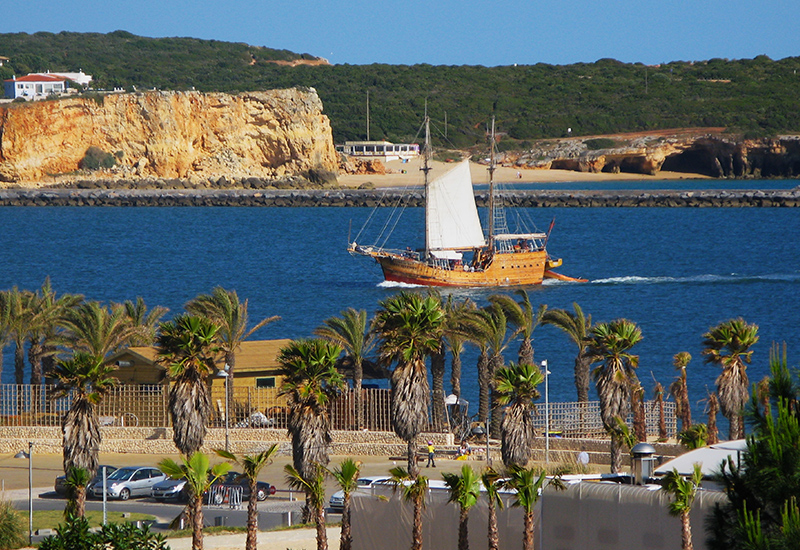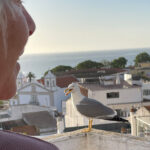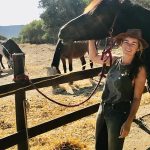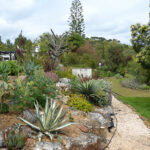Portimão is probably the most important town in the Algarve. Its location at the mouth of the Arade River is responsible for its enduring significance. It sits on the sheltered west side of the estuary, which makes it an ideal port. A new exhibition at the Portimão Museum is celebrating its unique history.
By the 1970s, the river and estuary were becoming silted up, and dredging was necessary to maintain a navigable depth. The dredged material was deposited on the riverbanks, and many items in the dredged material were found to contain artefacts from prehistoric times. Several groups partnered with the museum to develop a research project (DETDA). The Stories Brought by the River is the name of the ongoing exhibit.
The Arade has been navigated for millennia. From the time of the Moors until the 19th century, the Arade was navigable as far north as Silves, about 12 kilometres (7.5 mi), where an important port existed, especially for the cork trade, wine, olive oil and food like dried fruit and nuts. Nowadays, only small boats can go that far.
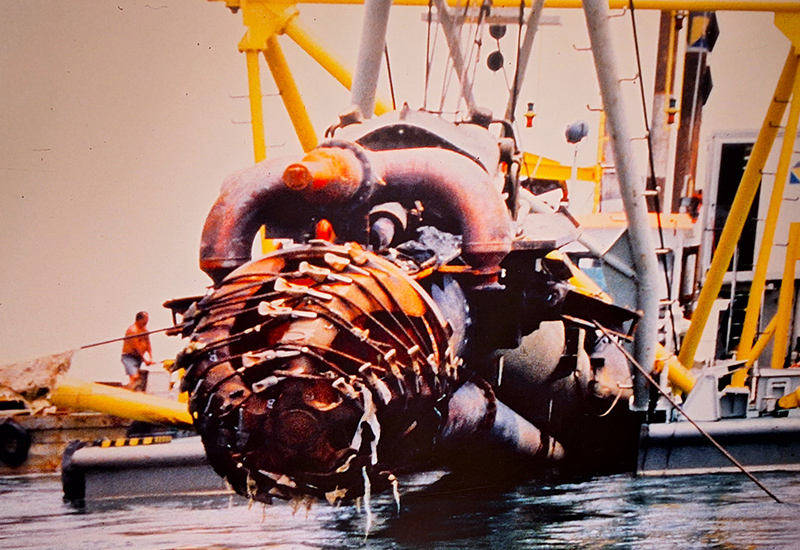
From the end of the 15th century, Portimão became a shipbuilding and repair centre. Wood from the mountainous region of Monchique was essential for this activity and the Arade provided the means of transport from Silves to Portimão. Archaeological artefacts like caulking material, nails and bolts have all been found in the waters near Portimão, attesting to it as a boat-building hub. Other items have determined that trading and shipping of material on a transoceanic level have been ongoing since Roman times. Lead plumbs, probe plumbs, dividers and compasses have been identified and are on display.
Over the centuries, the mouth of the Arade, with its safe harbour and port town of Portimão, was linked to Andalusia and North Africa via the Gulf of Cadiz. Further afield, links to the Mediterranean countries of France, Italy and even Greece have been recognised as trading destinations. It was safer to voyage by sea than to travel overland. Trade in Roman times, as today, was the basis for a solid economy and allowed for expansion and voyages of discovery.
Besides trade and shipping, artefacts have been unearthed that explain details of the defence of the port, from musket balls to military uniform belt buckles. From the 15th century, Portuguese expansion and trade created considerable wealth which resulted in piratical attacks and robberies. Similarly, artefacts have been identified which give us clues of daily life in riverside areas. Given the nature and potential dangers of navigation in unexplored regions, religion and faith were a significant part of the culture.
The displays in the exhibition are cleverly presented, with a drawing of a scene relevant to the artefacts found. Each artefact is highlighted in the drawing and numbered so it can be identified in the display case of the actual item with the corresponding number (as shown).
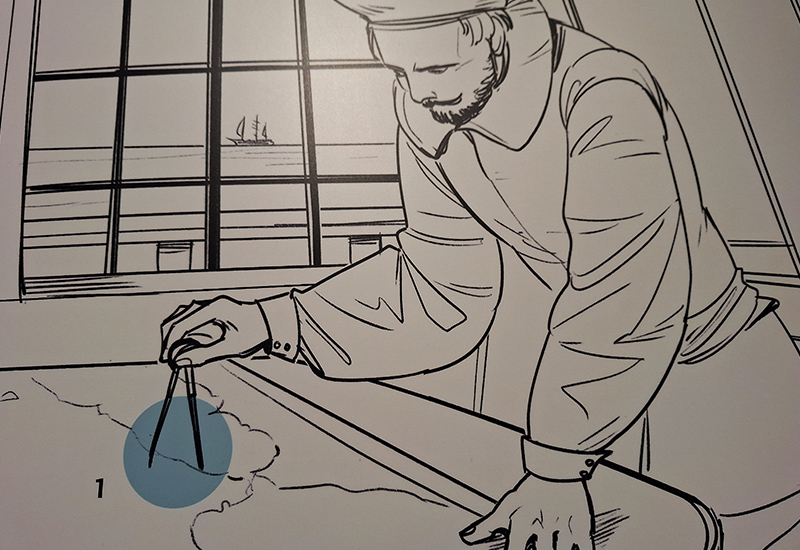
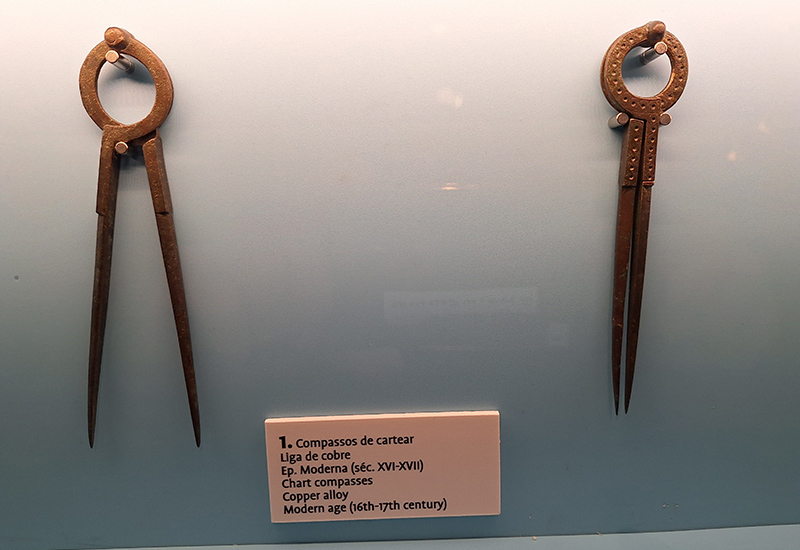
A trip up the Arade River north to Silves can be a most rewarding experience. Tour boats leave from Ferragudo and Portimão. An experienced tour operator will explain historical buildings, old sardine canneries (an exhibit is displayed in the museum), defunct water mills and a lot more. The river is tidal, so the trips coincide with the ebb and flow of the tide. The volume of water flowing down to the estuary is much diminished today since a lot of water is diverted to the barragems (reservoirs). The trip allows for a few hours to explore Silves.
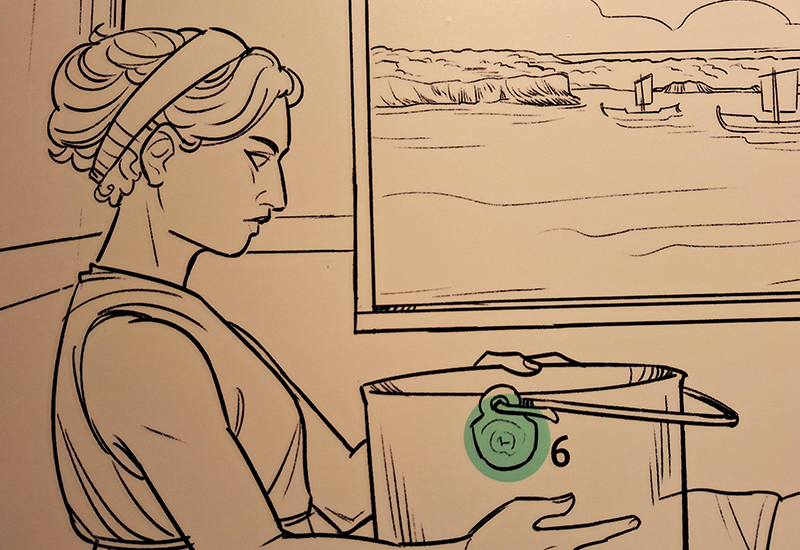
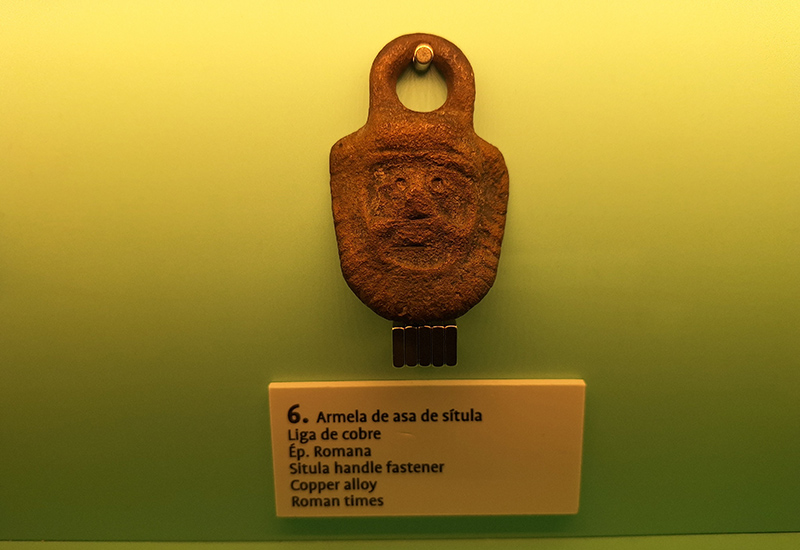
Silves has a long and storied past. The area has evidence of Stone Age settlements, and an archaeological museum highlights this fact. The historic castle is a ‘must’ on any visit to this once-capital town.
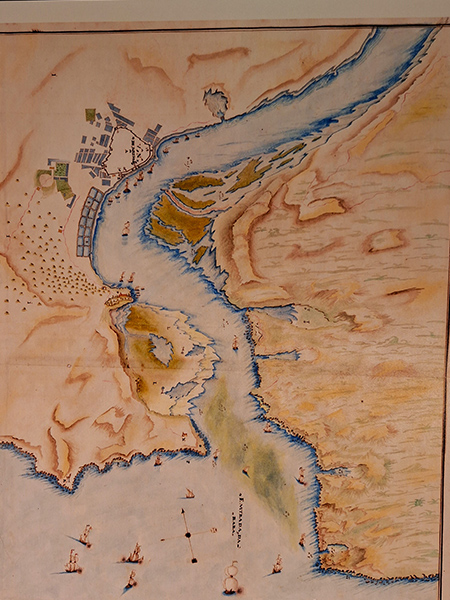
It was the Romans who were first to understand the value of Silves; the ‘Roman Bridge’ crosses the Arade river near the town centre. But it was during the period of Arabian rule (from the early 700s AD) that Silves achieved its greatest prosperity. It stands on a hill at the centre of rich and prolific farmland, and the river was navigable by ocean-going ships, perfect for trade.
A fun and interesting way to understand the Algarve and its diversity is to visit the Portimão Museum and then to explore the Arade River and its environs. You won’t be disappointed.
A solar catamaran from Portimao: www.algarvesunboat.com
For small groups from Ferragudo. Recommended: ferragudoboattrips.com
